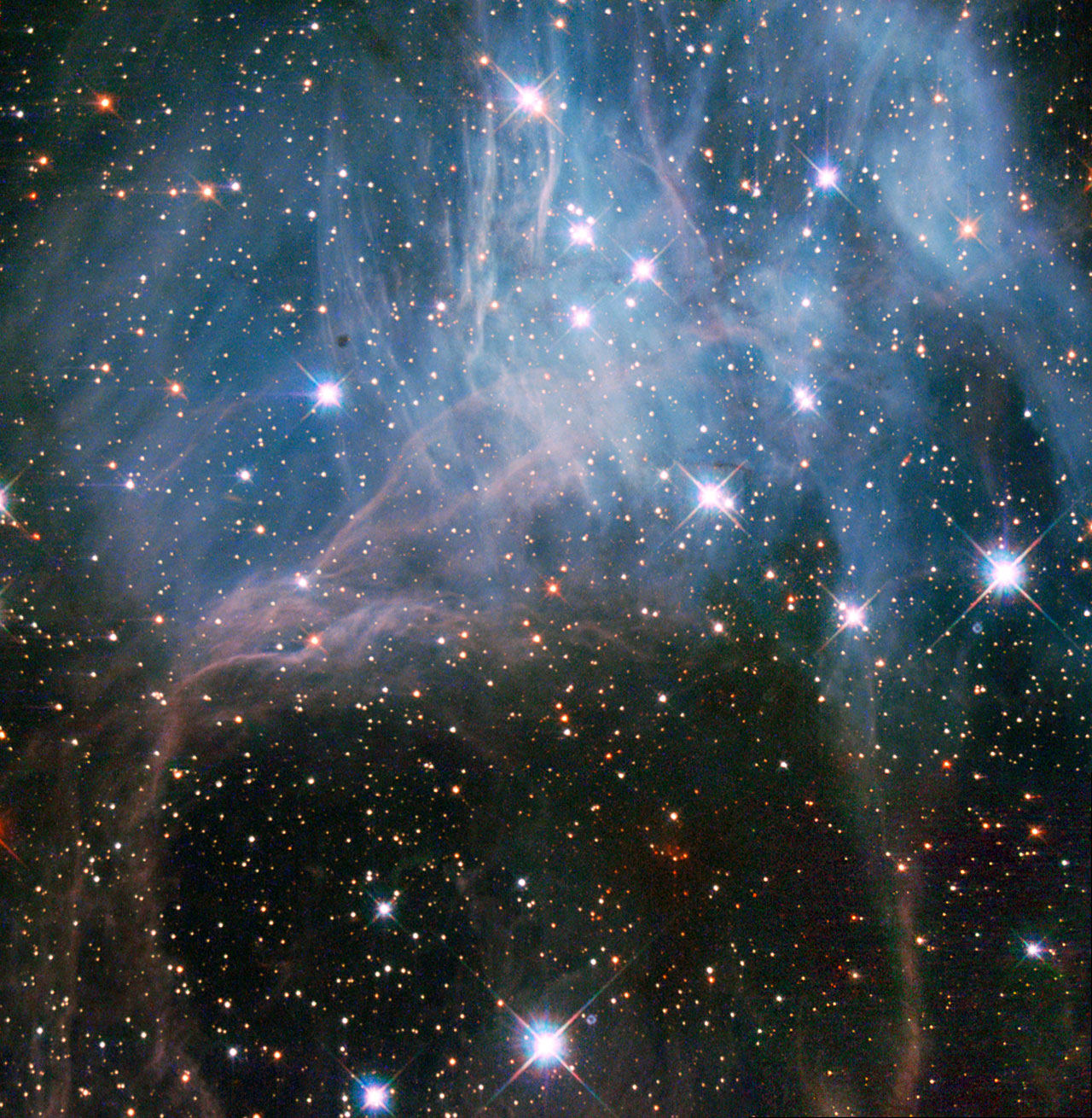Empyreal Rondeau
ω
In ghostly skies a stellar glow
from erstwhile stars of long ago
that shone with splendor ere they died,
perchance were wished on starry-eyed,
still haunts in heavens’ spectral show.
We gaze with wonder from below,
amidst our scurries to and fro,
at panoramas mythified
in ghostly skies.
The winds of fame and fortune blow
with sound and fury fiercely, though
our life be ebbing like the tide;
for death o’er all shall yet preside,
unfathomed as the cosmic flow
in ghostly skies…
~ Harley White
* * * * * * * * * *
Inspiration for the poem came from articles related to stellar
ghosts revealing galactic origins and various teachings of Nichiren
Daishōnin about life and death…
Article ~ Stellar ghosts reveal galactic origins…
Nam Myōhō Renge Kyō means to devote our lives to and found them on (Nam[u]) the Utterness of the Dharma (Myōhō) [entirety of existence, enlightenment and unenlightenment] permeated by the underlying white lotus flower-like mechanism of the interdependence of cause, concomitancy and effect (Renge) in its whereabouts of the ten [psychological] realms of dharmas [which is every possible psychological wavelength] (Kyō).
Our sky is blanketed in a sea of stellar ghosts; all potential phantoms that have been dead for millions of years…
We are awash in the light from long dead stars, each contributing essential
ingredients to the universe that are necessary for life. Credit: Hubble Image, which is of the
stellar grouping known as NGC 2040 or LH 88, is also here…
“These bright stars shining through what looks like a haze in the night sky are part of a young
stellar grouping in one of the largest known star formation regions of the Large Magellanic Cloud (LMC),
a dwarf satellite galaxy of the Milky Way. The image was captured by the NASA/ESA Hubble Space Telescope’s
Wide Field Planetary Camera 2.”

Credit: ESA/Hubble, NASA and D. A Gouliermis
| Table of Contents |
|
